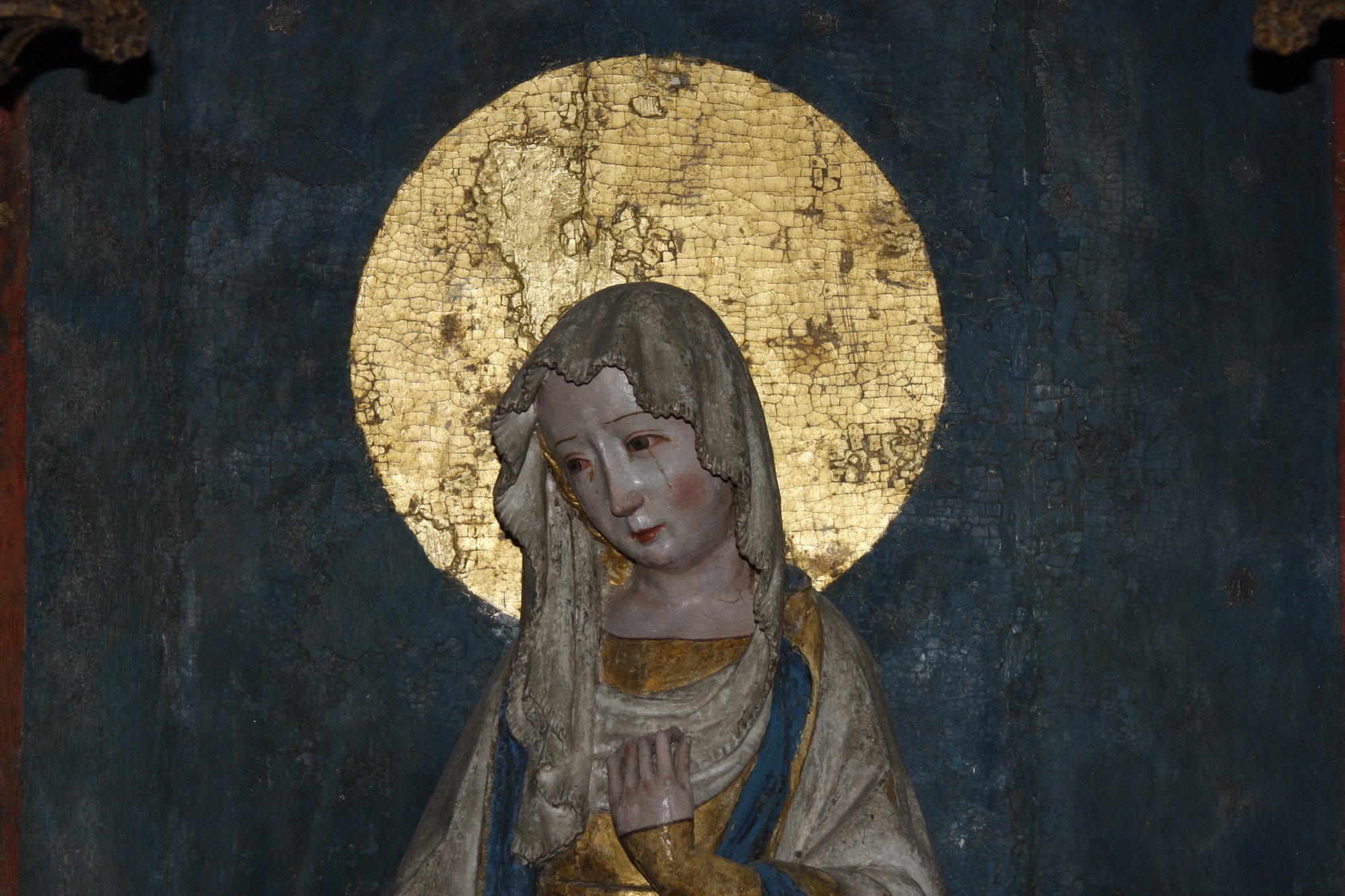These issues criticizing the source become comprehensive as each visualized object has to be described in detail in order to make it plausible. Hence, the big challenge is to accurately display a historical environment and at the same time making it look alive, depicting daily routines and life at that period of time. The selection of facts become very delicate, since we also must consider the issues of allocation and costs. Each object mainly has its own pricing.
The mission was to create the most accurate portrait of the abbey as possible. Several researchers have, in an engaged manner, assisted us – docent Ann Catherine Bonnier, the head antiquarian Jan Eriksson, the archaeologist Gert Franzén, the art historian Susanne Glöersen, the antiquarian Hanna Menander, as well as the professors Kjell O. Lejon, Dag Lindström, and Jan Svanberg. The project includes a big team work and close co-operation with the computer technician and art historian Filip Wänström. The possibilities of the visualization were discussed at a conference at Linköping University on September 27th in 2006, arranged by associate professor Leijon, along with participants from several subject areas at the University, the Swedish national heritage board, and the Museum of Region of Östergötland.
Point of views and suggestions were brought up, which have been leading the way for this project: The visualization must be complemented with a protocol, to explain stances where alternate solutions have been possible. A visualized program should not be considered as a final product. There is always the possibility of further development.
